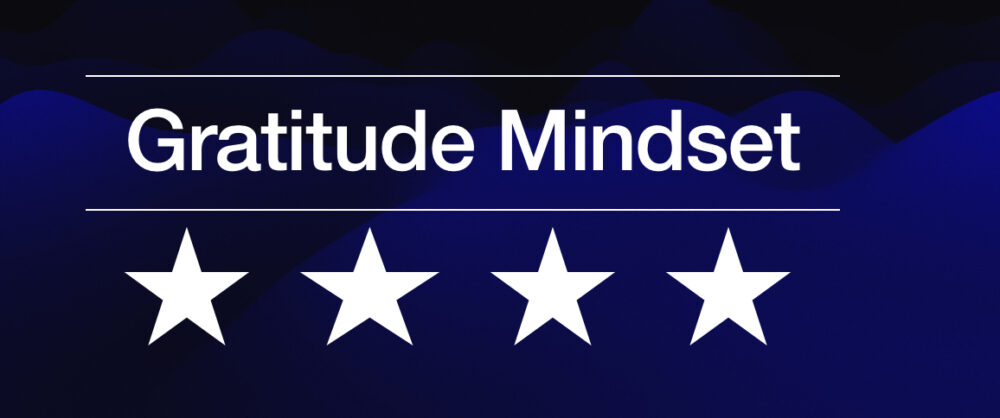“Once you pass the age of fifty, exercise is no longer optional. You have to exercise or get old.” ~ Dr. Henry S. Lodge. M.S., Younger Next Year, pg. 113.
People tend not to exercise because they are tired at the end of the day, But, in reality, people are tired at the end of the day not because they get to much exercise of physical exertion, explains Dr. Henry S. Lodge. M.D., leading NY internist and Columbia Medical School Professor. Instead, people are tired at the end of the day because they do not get enough exercise and as a result, they are not fit.
People are mentally, emotionally and physically drained and exhausted from being sedentary, states Dr. Lodge. Study after steady demonstrates that productivity increases and an individual functions better each day when they are fit. In short, time spent exercising and getting fit is life enhancing and extending.
So, make daily exercise a habit or routine like taking a shower or brushing your teeth. In short, your body craves the body’s chemical reaction resulting from exercise and movement. So it’s important for you to “Do Something Everyday”.
Start exercising at a level that matches your current level of fitness, Dr. Lodge urges. Start out a level that is hard enough to make you sweat like walking at a brisk pace for twenty to thirty minutes. But, before you get started, check with your medical doctor.
Getting and staying fit is wonderful if you’re healthy, but it’s essential and life saving if you’re not healthy. Your life will improve dramatically once you commit to the habit of regular exercise.
Your long term endurance exercise goal should be to do long and slow aerobic exercise for three hours or more at 60% to 65% of maximum heart rate for three hours without getting exhausted. You should be able to do something like an all morning bike ride for three hours or more well into your sixties, seventies, eighties and nineties. You should make a real commitment to do something like that at least once a month
If you can get to the level of three hours or more of endurance exercise and stay there, life will be good, says Chris Crowley, New York Times bestselling co-author of “Younger Next Year”. Crowley recommends that you:
- Exercise six days a week for at least 30 minutes for the rest of your life.
- Do serious aerobic exercise four days a week for the rest of your life.
- Do serious strength training, with weights or body weight, two days a week for the rest of your life.
- Eat healthy foods and drink plenty of water. Quit eating crappy food like refined sugar, refined carbs and processed foods.
- Maintain close relationships and social connections.
- Get adequate sleep and reduce stress.
- Have an attitude of gratitude. Always be grateful.
“Open heart surgery is hugely popular these days, apparently because so many guys prefer it to learning about aerobic exercise and working out.” ~ Chris Crowley, Younger Next Year, pg. 116.
Crowley believes that it’s possible that Americans, as a society, “can be radically healthier, more energetic, more fit, more optimistic and effective by making modest, behavioral changes. Putting off 70% of today’s aging is a simple matter: Move a lot more!…quit eating crap!…connect with others!, he emphasizes.” The combination of sedentary lifestyle and the crappy food we eat is wrecking Americans lives and ruining the economy. The nation spends “20% of our national income on health care”. Half of the amount spent on healthcare could be saved “because 50% of our bad health is simply the result of the ridiculous way we eat and live.”
Final thoughts…staying deeply connected with and caring about family and friends and others are essential for healthy aging and longevity. Staying in touch… caring… is hugely important.
References:
- Chris Crowley and Henry S. Lodge, M.D., Younger Next Year, Workman Publishing, 2nd Edition, New York, December 24, 2019.
- https://www.youngernextyear.com/bios/
“Younger Next Year: Live Strong, Fit, Sexy, and Smart―Until You’re 80 and Beyond” – According to authors Chris Crowley and Dr. Henry S. Lodge, M.D., men 50 or older can become functionally younger every year for the next five to ten years, and continue to live like fifty-year-olds until well into their eighties. To enjoy life and be stronger, healthier, and more alert. To stave off 70% of the normal decay associated with aging (weakness, sore joints, apathy), and to eliminate over 50% of all illness and potential injuries.
Like this:
Like Loading...






